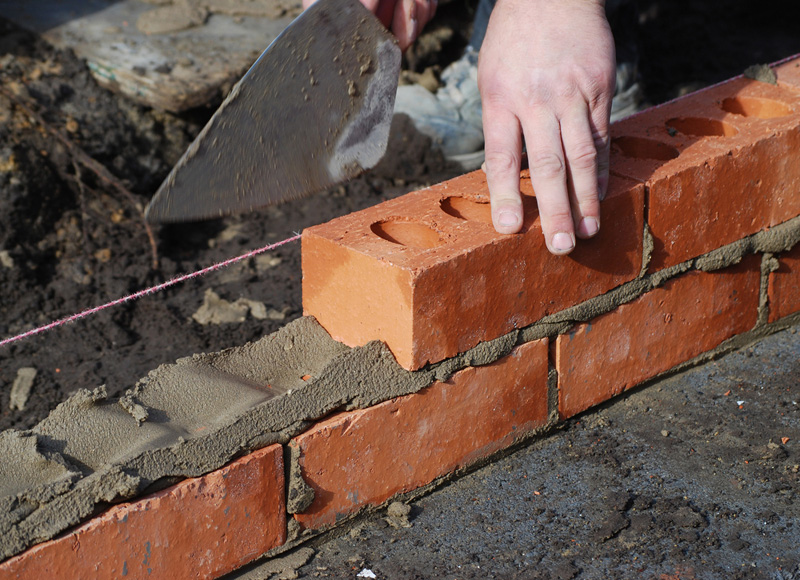
Building Construction Materials
Learn all about building construction at! Golosovoj nabor teksta v word. Everything you wish to know is explained clearly and simply.
To start, select a topic from the vertical list to the left. This is a site that explains the art and science of building construction in great clarity and detail. Our goal is to make you understand concepts in building construction. Written by architects and engineers, the content on the site is actually a result of accumulated years of work experience at building construction sites and design offices. This expert knowledge of building construction is not available in textbooks! We also take great pains to ensure that our quality of writing is of a high standard. We aim to take complicated situations and make them simple and clear, as well as to provide content that is interesting to industry experts and newcomers alike.
Do let us know where we succeed - and where we fail - in this task. We are a free site - we cover our costs by advertising, so do feel free to click on ads that interest you!
Building material is any material which is used for construction purposes. Many naturally occurring substances, such as clay, rocks, sand, and wood, even twigs.
This wall in shows different types of brickwork and stone foundations. Building material is any material which is used for purposes. Many naturally occurring substances, such as, rocks,, and, even twigs and leaves, have been used to construct. Apart from naturally occurring materials, many man-made products are in use, some more and some less synthetic.
The manufacturing of building materials is an established industry in many countries and the use of these materials is typically segmented into specific specialty trades, such as,,, and work. They provide the make-up of and including. This section needs expansion. You can help. ( April 2014) In history there are trends in building materials from being natural to becoming more man-made and; biodegradable to imperishable; indigenous (local) to being transported globally; repairable to disposable; chosen for increased levels of fire-safety, and improved resistance. These trends tend to increase the initial and long term economic, ecological, energy, and social costs of building materials. Economic costs [ ] Initial economic cost of building materials is the purchase price.
This is often what governs decision making about what materials to use. Sometimes people take into consideration the energy savings or durability of the materials and see the value of paying a higher initial cost in return for a lower lifetime cost.
For example, an asphalt shingle roof costs less than a metal roof to install, but the metal roof will last longer so the lifetime cost is less per year. Some materials may require more care than others, maintaining costs specific to some materials may also influence the final decision. Risks when considering lifetime cost of a material is if the building is damaged such as by fire or wind, or if the material is not as durable as advertised. The cost of materials should be taken into consideration to bear the risk to buy combustive materials to enlarge the lifetime. It is said that, 'if it must be done, it must be done well'.
Ecological costs [ ]. Main article: Pollution costs can be macro and micro. The macro, environmental pollution of extraction industries building materials rely on such as mining, petroleum, and logging produce environmental damage at their source and in transportation of the raw materials, manufacturing, transportation of the products, retailing, and installation.